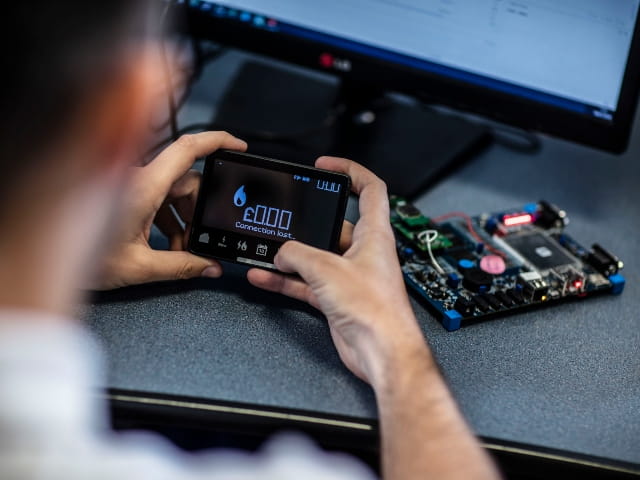FCC Permissive Change Policy: RF Design Changes and FCC Filing
Over time, you may find yourself in need of design changes to accommodate evolving products or component shortages, and you may wonder whether these product updates will require another full FCC filing process.
Below is a guide to the FCC Permissive Change Policy issued in October 2015 that will inform you about the product changes that require you to submit a new filing. The policy outlines three permissive change levels, applying to the following equipment modification categories:
- Antenna changes
- Printed Circuit Board (PCB) and hardware changes
- Enclosure changes
- Software changes
- RF exposure considerations
- Miscellaneous changes
With some exceptions, product modifications such as changes to basic frequency-determining and stabilizing circuitry, frequency multiplication stages, basic modulator circuit, maximum power, or field strength ratings will require a new grant (FCC ID) and equipment application.
If your product has a transmitter and you have had to make design updates, refer to the change classes outlined below to determine if a new filing is necessary. All proposed changes must be considered to determine the type of filing required.
Class I Permissive Changes
Class I Permissive changes include equipment modifications that do not degrade the characteristics reported by the manufacturer and accepted by the FCC during initial certification. This update category does not require the manufacturer to apply for a new FCC filing.
Class II Permissive Changes
Class II updates include equipment modifications that degrade performance characteristics as reported to the FCC at the time of initial certification. Degraded performance must still meet the minimum requirements of the applicable rules. Class II permissive changes require the grantee to provide the FCC with test results of the product characteristics affected by the change. The modified equipment may not be marketed under the existing grant of certification without FCC acknowledgment that the change is acceptable.
Please note: When a Class II permissive change is filed either for EMC or RF exposure purposes, an EMC test report or RF exposure evaluation is required, regardless of whether EMC or RF exposure levels are degraded.
Class III Permissive Changes
Class III updates include software modifications to a software-defined radio transmitter that change the frequency range, modulation type, or maximum output power (radiated or conducted) outside the parameters previously approved, or that change the circumstances under which the transmitter operates in accordance with FCC rules. When a Class III permissive change is made, the grantee shall provide the FCC with a description of the changes and test results showing that the new software loaded on the equipment complies with the applicable rules, including compliance with relevant RF exposure requirements.
Please note: Class III changes are permitted only for equipment that has not also had any Class II changes made.
As you consider your product modifications, remember to review the full Permissive Change Policy, available on the FCC website.
For further information, please review the FCC Permissive Change: Frequently Asked Questions.
Have additional questions?
Contact Element today to speak to our Engaged Experts about RF design modifications and FCC Permissive Changes.
Find related Resources
Get white papers, updates and event invites
Subscribe to content updates
Related Services

Internet of Things (IoT) Testing & Certification
Our IoT testing services cover a wide range of wireless devices including radios, Wi-Fi, RFID, ZigBee, Bluetooth and BLE devices, with customers from a variety of industries.

Consumer Electronics Testing & Certification
Element’s consumer electronics testing and certification services help your products meet EMC, Electrical Safety, and Radio national & global requirements.

Medical Device EMC Testing
Element is the ideal partner for EMC testing, safety, certification and global approvals of your Class I, II and III electronic medical devices.

Wireless Coexistence Testing
Our wireless coexistence testing programs evaluate how wireless medical devices and other sensitive equipment interact and perform with other electrical and radio equipment.

